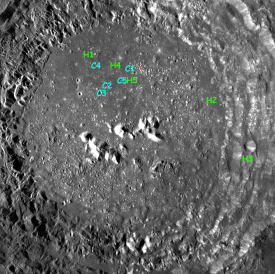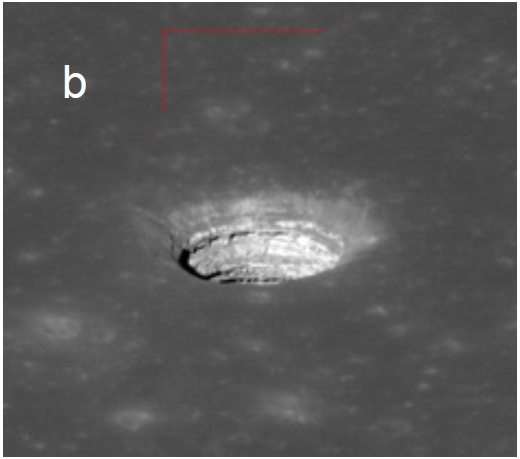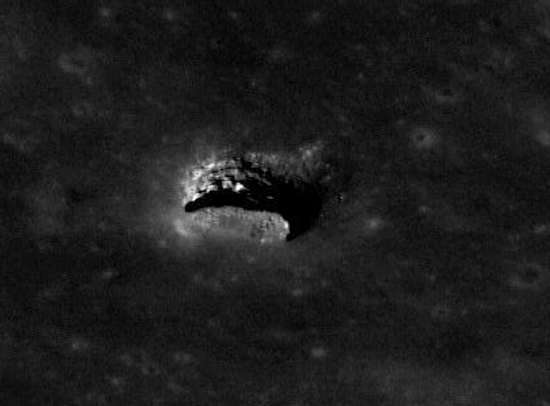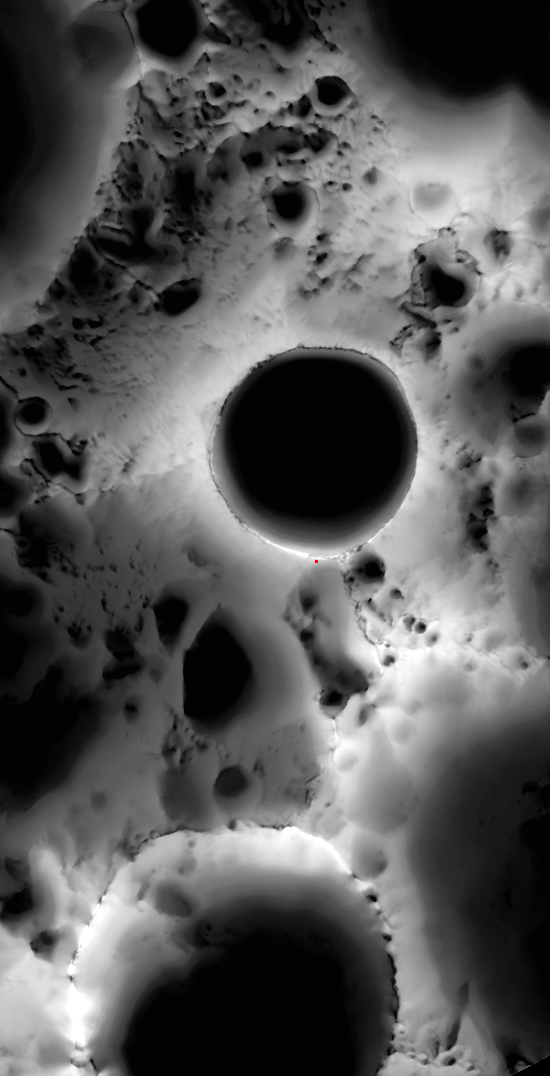Space Adventures and tourists to the Moon
Space Adventures and tourists to the Moon.
After consultation with Rocket Space Corporation Energia, modifications to the Soyuz TMA configuration have been agreed upon. The most important of which is the addition of a second habitation module to the Soyuz TMA lunar complex. The additional module would launch with the Block DM propulsion module and rendezvous with the Soyuz spacecraft in low-Earth orbit.
“Space Adventures will once again grace the pages of aerospace history, when the first private circumlunar mission launches. We have sold one of the two seats for this flight and anticipate that the launch will occur in 2015,” said Richard Garriott, Vice-Chairman of Space Adventures. “Having flown on the Soyuz, I can attest to how comfortable the spacecraft is, but the addition of the second habitation module will only make the flight that more enjoyable.”
Space Adventures and tourists to the Moon.
After consultation with Rocket Space Corporation Energia, modifications to the Soyuz TMA configuration have been agreed upon. The most important of which is the addition of a second habitation module to the Soyuz TMA lunar complex. The additional module would launch with the Block DM propulsion module and rendezvous with the Soyuz spacecraft in low-Earth orbit.
“Space Adventures will once again grace the pages of aerospace history, when the first private circumlunar mission launches. We have sold one of the two seats for this flight and anticipate that the launch will occur in 2015,” said Richard Garriott, Vice-Chairman of Space Adventures. “Having flown on the Soyuz, I can attest to how comfortable the spacecraft is, but the addition of the second habitation module will only make the flight that more enjoyable.”







